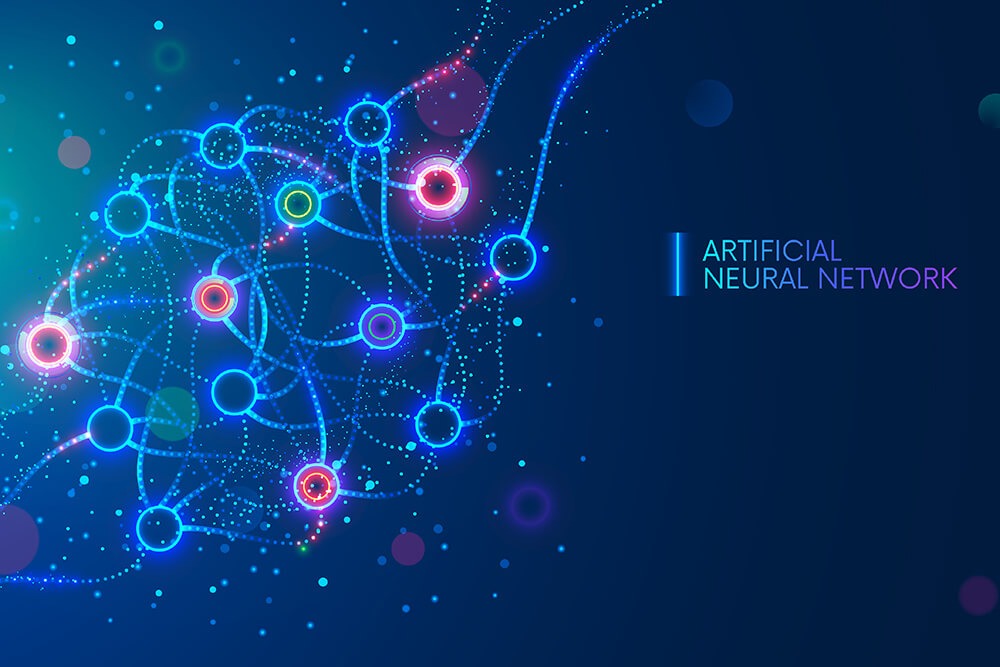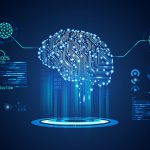Introduction 🌱
Artificial Intelligence (AI) is transforming the world, and at the core of this revolution lies neural networks. These systems are designed to mimic the way the human brain works, allowing machines to learn, recognize patterns, and make decisions. But how do neural networks actually function? Let’s break down the science behind AI’s brain-like capabilities.
What Are Neural Networks? 🤔
Neural networks are computational models inspired by the human brain’s neural structure. Just as neurons in our brain transmit signals, artificial neurons in a neural network process and transmit data. These networks are crucial for tasks such as image recognition, natural language processing, and autonomous vehicles.
The key components of a neural network include:
- Neurons (Nodes) 🧩: Basic units that receive, process, and transmit information.
- Layers 📚: Organized groups of neurons, typically divided into input, hidden, and output layers.
- Weights ⚖️: Numerical values that determine the importance of each input.
- Activation Functions 🚦: Mathematical equations that decide whether a neuron should be activated.
How Neural Networks Work ⚙️
Imagine a neural network as a web of interconnected neurons arranged in layers:
- Input Layer 🟢: This layer receives raw data, such as images or text. Each neuron in this layer represents a feature of the input.
- Hidden Layers 🟡: These layers process the input data by adjusting weights and applying activation functions. The more hidden layers, the deeper the network—hence the term “deep learning.”
- Output Layer 🔴: This layer provides the final prediction or classification based on the processed information.
When data flows through the network, each connection between neurons is assigned a weight that determines the strength of the signal. The network adjusts these weights through a process called training, allowing it to improve its accuracy over time.
The Learning Process: Training Neural Networks 📚🎯
Training a neural network involves feeding it large amounts of data and allowing it to adjust its internal parameters. This process typically follows these steps:
- Forward Propagation 🏹: Data moves from the input layer through the hidden layers to the output layer, generating a prediction.
- Loss Calculation 💡: The network compares its prediction to the correct answer and calculates the error using a loss function.
- Backward Propagation 🔄: The network adjusts its weights to reduce the error, using an algorithm called gradient descent.
- Iteration ♻️: This process repeats over many cycles, or epochs, until the network achieves high accuracy.
Through these repeated adjustments, the neural network learns to recognize patterns and make more accurate predictions, much like how humans learn from experience.
Types of Neural Networks 🗂️
There are several types of neural networks, each designed for specific tasks:
- Feedforward Neural Networks (FNN) 🚀: The simplest type, where data moves in one direction from input to output.
- Convolutional Neural Networks (CNN) 🖼️: Used for image and video analysis, designed to detect spatial patterns.
- Recurrent Neural Networks (RNN) 🔁: Ideal for sequential data like speech and text, as they can remember previous inputs.
- Generative Adversarial Networks (GAN) 🎨: Capable of creating realistic images, music, and text by pitting two networks against each other.
Real-World Applications 🌍
Neural networks are already shaping numerous aspects of daily life, including:
- Healthcare 🏥: Detecting diseases from medical images with greater accuracy.
- Finance 💸: Predicting stock prices and detecting fraudulent transactions.
- Automotive 🚗: Enabling self-driving cars to recognize objects and navigate safely.
- Entertainment 🎮: Enhancing video game graphics and creating realistic virtual characters.
- Customer Service 💬: Powering chatbots and virtual assistants that understand natural language.
Advantages and Challenges ⚖️
✅ Advantages:
- Ability to learn from data without explicit programming.
- High accuracy in complex tasks like image and speech recognition.
- Scalability, allowing networks to handle large datasets.
❗ Challenges:
- Requires large amounts of data and computational power.
- Prone to overfitting, where the model memorizes data instead of learning patterns.
- Lack of transparency, making it difficult to understand how decisions are made.
The Future of Neural Networks 🚀
As technology advances, neural networks will continue to evolve, becoming more efficient and capable. Researchers are exploring ways to make networks more transparent, energy-efficient, and adaptable to new tasks. With ongoing developments in quantum computing and neuromorphic hardware, the future of neural networks holds limitless possibilities.
Conclusion 🌟
Neural networks are the foundation of modern AI, enabling machines to learn and make decisions much like the human brain. By understanding how these networks function, we can better appreciate the incredible potential of AI and its impact on our lives. As research progresses, neural networks will continue to drive innovations that shape the future of technology and society.


